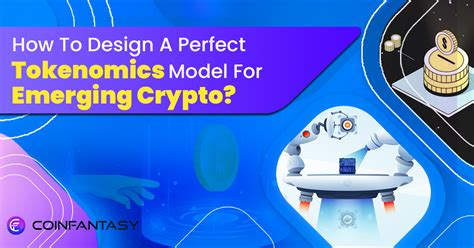The future of the tokenomics: insights from Ripple (XRP)
In recent years, the world of cryptocurrency has witnessed a significant increase in adoption and innovation. At the forefront of this revolution is tokenomics, a crucial aspect of blockchain technology that governs how tokens are created, distributed and exchanged. In this article, we will deepen the concept of tokenomic, its meaning in cryptocurrency and intuitions from the perspective of Ripple (XRP) on this evolving field.
What is tokenomics?
Tokenomics refers to the study of the token economy, including the design and implementation of the tokens. It includes various aspects such as creation, distribution, trading and use cases. Tokenomics plays a vital role in understanding how tokens interact with their respective ecosystems, promoting trust, safety and value for investors.
The importance of tokenomics in cryptocurrency
Cryptocurrencies such as Bitcoin, Ethereum and others have shown considerable growth over the years, largely led by the growing adoption and innovation within the community. However, since cryptocurrency continues to expand its scope, Tokenomics has become a critical factor in guaranteeing long -term success and sustainability of these activities.
Tokenomics helps to create a more efficient, transparent and scalable blockchain network. By understanding how tokens are created, distributed and negotiated, developers can design more effective governance models, encourage participation and guarantee the safety and integrity of their networks.
The perspective of Ripple (XRP) on Tokenomics
In 2018, Ripple announced its intention to stop the traditional tokenization process with its XRP token. As a pioneer in the field of payment systems based on Blockchain, Ripple was decisive in modeling the concept of tokenomic.
According to the CEO of Ripple Brad Garlinghouse, “Tokenomics concerns the construction of an ecosystem that makes sense for the company and people”. In this context, Tokenomics includes various aspects such as:
- Double and question : Understanding how tokens are created (offer) and who has access to them (question).
2
- Governance : Establish a governance system that guarantees that the decision -making authority is distributed between the interested parties.
- Security : Implementation of solid security measures to protect against harmful activities.
Keenomics XRP key intuitions of Ripple (XRP)
Ripple’s tokenomics XRP provides valuable information on potential benefits and challenges associated with cryptocurrency tokenization:
- Decentralized Governance

: Ripple decentralized governance model allows users to participate in the decision -making process through a single voting system.
- Efficient processing of transactions : XRP distributed accounting technology allows a quick and safe processing of transactions, reducing the need for centralized exchanges.
3
- Scalability : Ripple Focus tokenomics on scalability has allowed the widespread adoption in various sectors, from the banking sector to e-commerce.
Conclusion
Tokenomics is a critical aspect of cryptocurrency that allows the creation of safe, transparent and efficient blockchain networks. The perspective of Ripple (XRP) on the tokenomic provides valuable information on potential benefits and challenges associated with tokens in cryptocurrency. While the world of cryptocurrency continues to evolve, understanding the complexities of the tokenomics will be essential for developers, investors and users.
Advice
If you are interested in further exploring the world of tokenomics:
1.
